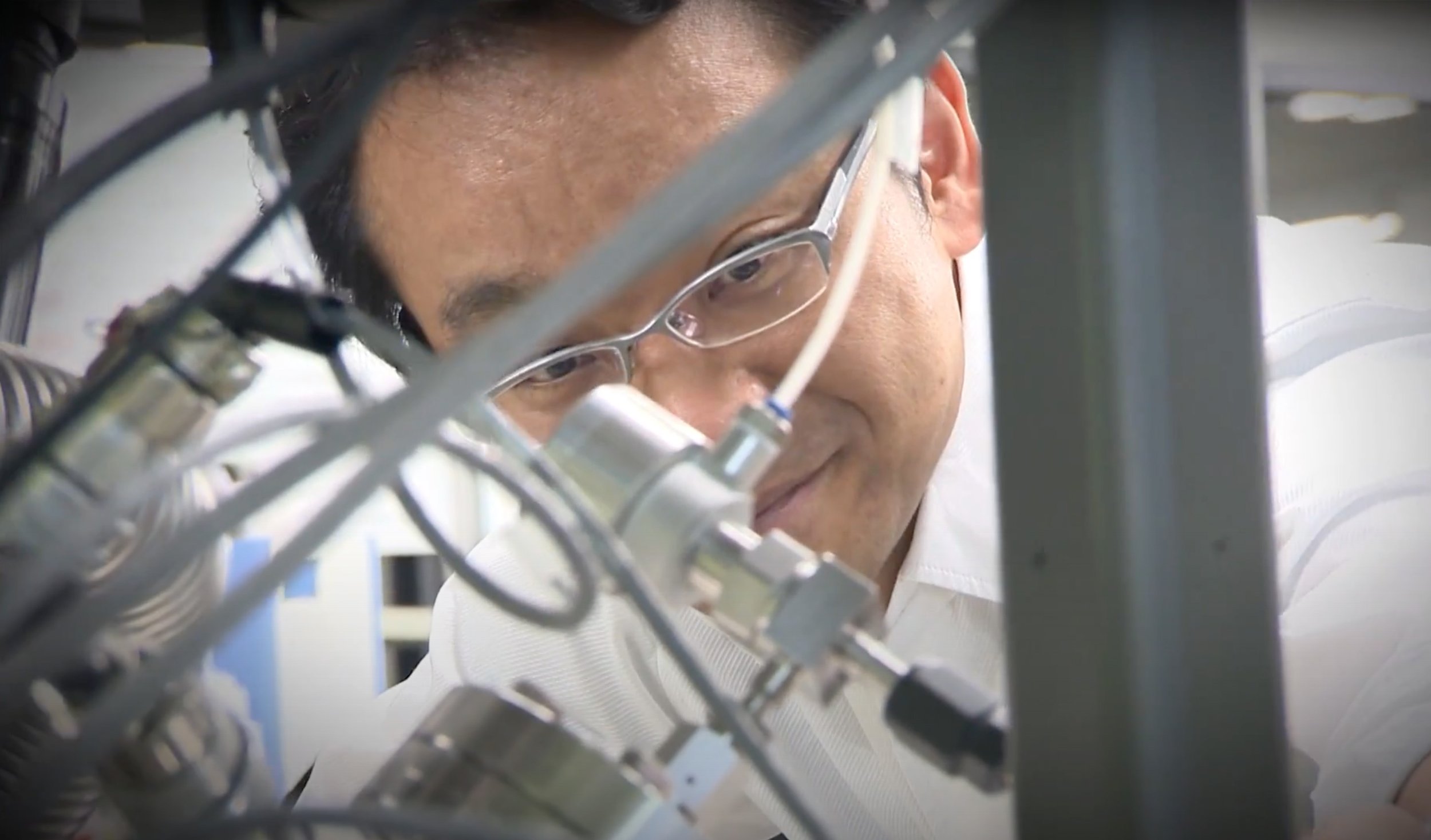Tokyo University of Science Pioneers High-Efficiency Sodium-Ion Batteries Using Machine Learning
Image Source: Tokyo University of Science | Youtube
Researchers at the Tokyo University of Science (TUS) have made a significant breakthrough in the development of sodium-ion batteries by leveraging machine learning techniques. Under the leadership of Professor Shinichi Komaba, the team has successfully enhanced the energy density of sodium-ion batteries, advancing the potential for more affordable and sustainable energy storage solutions.
[Read More: Machine Learning and Deep Learning]
Tokyo University of Science: A Legacy of Innovation
Established in 1881 as the Tokyo Academy of Physics, the Tokyo University of Science has evolved into one of Japan's premier private institutions dedicated to science and technology. In the QS World University Rankings 2024, TUS is positioned within the 661-670 range globally and ranks 18th nationally, underscoring its commitment to excellence in research and education.
Professor Shinichi Komaba: A Leader in Battery Research
Professor Shinichi Komaba, a distinguished faculty member at TUS since 2005, has dedicated his career to advancing rechargeable battery technologies. His research encompasses the development of electrodes, electrolytes, and binding materials for various battery systems, including lithium-ion, sodium-ion, and potassium-ion batteries. His contributions have been recognized internationally, earning him the inaugural Resonate Award in 2014 for his work in energy storage.
[Read More: Will Scientist Be Replaced by AI in the Future?]
The Evolution of Battery Technology
The journey of battery technology has been marked by continuous innovation. Lithium-ion batteries, commercialized in 1991, revolutionized portable electronics and electric vehicles due to their high energy density and long cycle life. However, the limited availability and rising cost of lithium have prompted researchers to explore alternative materials, leading to renewed interest in sodium-ion batteries.
[Read More: AI Kicks Away Bitcoin? The Power Struggle for Energy Resources]
Reviving Sodium-Ion Technology for Sustainable Energy
Sodium-ion batteries, although known for decades, saw their progress stalled in favour of lithium-ion counterparts. However, recent shifts in the energy storage landscape have reignited interest in sodium-based technologies. Unlike lithium, sodium, being the sixth most abundant element in the Earth's crust, is abundantly available and less expensive, primarily sourced from rock salts and brines. These attributes make sodium-ion batteries an attractive alternative for large-scale applications, including renewable energy systems and electric vehicles (EVs).
[Read More: Unlocking Earth’s Secrets: Stanford’s SandAI Tool Reveals the History of Sand Grains]
Overcoming Challenges with Advanced Material Design
One of the primary obstacles hindering the widespread adoption of sodium-ion batteries has been their lower energy performance compared to lithium-ion batteries of similar size. To address this, the TUS research team focused on the intricate design of sodium-based layered oxides. By experimenting with various metal combinations, including manganese, nickel, titanium, and iron, the team aimed to optimize the battery's performance metrics.
Machine Learning Accelerates Material Optimization
A cornerstone of the TUS approach was the integration of machine learning models trained on extensive experimental data. This data-driven strategy enabled the researchers to swiftly identify the most effective metal ratios for enhancing battery performance. The application of machine learning not only expedited the material discovery process but also significantly reduced the associated time and costs typically incurred through traditional trial-and-error methods.
Groundbreaking Publication and Broader Implications
The team's findings were recently published online in the prestigious Journal of Materials Chemistry A, highlighting the successful application of machine learning in battery research. This advancement represents a crucial step towards making energy storage solutions more accessible by capitalizing on sodium's plentiful availability as a lithium alternative. The Journal of Materials Chemistry A is a leading peer-reviewed journal specializing in materials for energy and sustainability. It is renowned for publishing high-quality research articles that advance the understanding and development of materials with applications in energy conversion and storage, making it a reputable platform for disseminating significant scientific findings.
[Read More: AI in Journalism: The Controversy Surrounding Cosmos Magazine's AI-Generated Articles]
The Future of Energy: Exploring Hydrogen
While advancements in battery technology continue to play a crucial role in energy storage, hydrogen is emerging as a promising energy carrier for the future. Hydrogen fuel cells offer high energy efficiency and produce only water as a byproduct, presenting a clean alternative for powering vehicles and generating electricity. Ongoing research aims to overcome challenges related to hydrogen production, storage, and distribution to realize its full potential in the global energy landscape.
[Read More: Unveiling the Universe: AI's New Role in Hunting Unknown Particles]
Source: Mining.com, Tokyo University of Science, Oxford Academic











